10 Cursed Expeditions That Sacrificed Many Lives
Have you ever planned on traveling to some major sites like the Gulf of Mexico or the Northern side of Antarctica? But before you book your tickets to these sites, know some history of these major attractions.
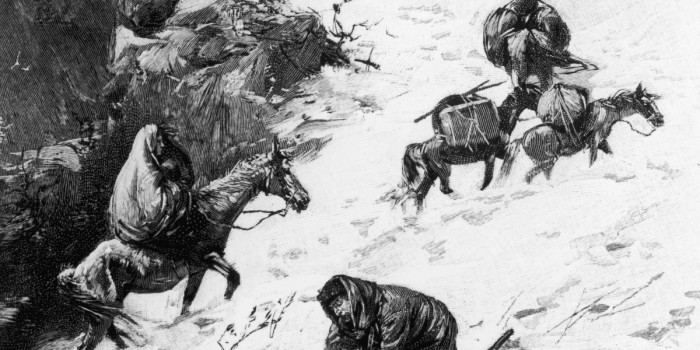
We always tend to imagine the amazing life of explorers through the photographs and the stories about their travel. What we don’t know is the difficulties they face, how they experienced starvation for months and their endless walking through the jungle and horrifying areas.
So here are the stories of the cursed expeditions that were also failed expeditions and ended up sacrificing many lives.
1. The Gulf of Mexico Killed 600 Spaniards
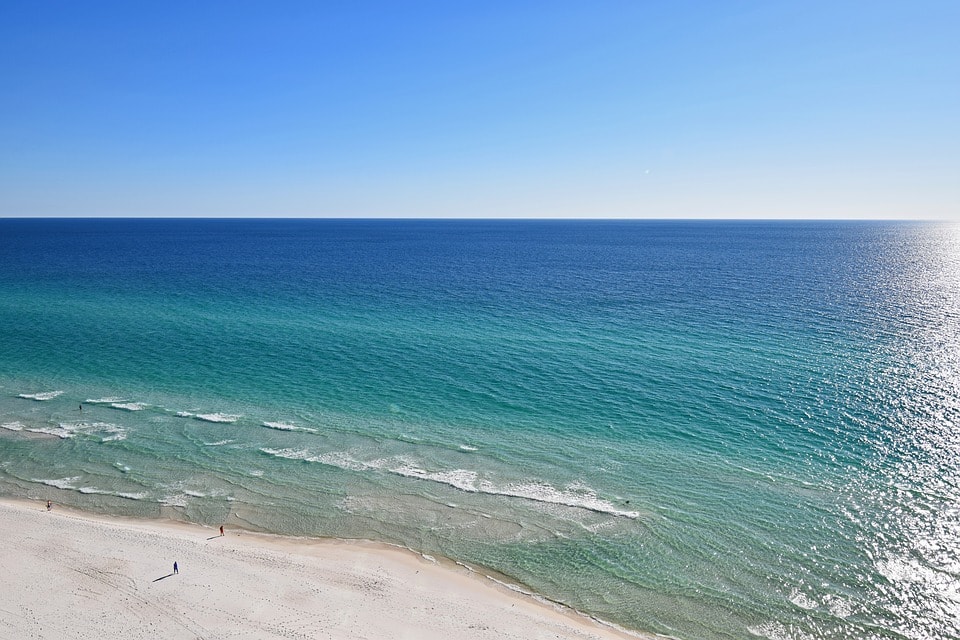
It was in the early 1500s when Spanish people were crazy about gold in America and were quite passionate to drag gold as much as they could. An explorer named Alvar Nunez Cabeza set out with nearly 600 men to Florida but none of them realized that it would turn out to be one of the worst expeditions in history.
Before they reached the Gulf Coast, almost 100 men already deserted the expedition. Not long after, the expedition was demolished by a hurricane and it killed over 60 men and a fifth of their horses.
Now starving on death, the travelers had to fend off the waves of native attacks. After the earlier failure, 250 survivors were reduced and the remaining supplies built some boats to escape this nightmare. Out of 600, only 80 were left alive when they reached the coast of Galveston Island, Texas. The remaining people decided to live among the natives. Unfortunately, the natives made them their slaves.
Finally, in the end, only 4 men survived the destination and made it into the Spanish-colonized territory.
2. Ernest Giles vs. Australia
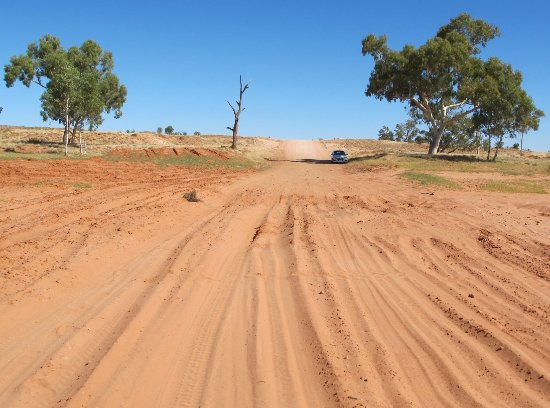
Initially, when the British discovered and colonized Australia, they used to spend most of their time exploring it and trying not to get killed by it. The sole explorer Ernest Giles had no such terror even though the place was hot enough to kill camels. He didn’t just make it his life to cross the expanse but was quite impatient about it.
In 1872, he saw himself first wandering for 5 months around the landscape, discovering lakes and other rocks. While this was believed to be one of the successful expeditions through spider world, he considered it a failure probably because everyone came back without a trace of Gulf War Syndrome. He returned in 1873 with Alfred Gibson, a man who had no experience with desert exploitation. Things went smoothly for long months and one day Gibson’s horse died of thirst. It was then decided that Gibson would ride on ahead while Giles would travel alone and on foot.
During the journey, Giles was forced to walk through the desert without any arrangements while carrying a massive barrel of water on the back. He survived and named the area the Gibson Desert. Over a couple of years, he again did this job. The number of wallabies he ate in his journey is uncountable and even remains undocumented.
3. Ferdinand Magellan’s Voyage of Horrors

You might have heard or read about the Portuguese explorer Admiral Ferdinand Magellan and assumed him with Marco Polo. His journey was told as adventurous, but the reality is really a nightmare.
His biggest mistake along with the rest of Europe was not to calculate how huge the Pacific Ocean was. He obviously ran into an insufficient supply of food and water. According to him,
“After three months without fresh food, the crew had resorted to eating maggot-infested crumbs.”
Later, the crew members were forced to drink yellow water and even cut the leather from the ship to cook it.
There were still many people alive after reaching the Island of Guam. Unfortunately, a few months later, they were attacked by the natives. However, some expeditions did manage to survive and begin building their home. In 1521, there were only 18 people alive out of 260.
4. When Dr. David Livingstone Was Forced to Get Into the Jail
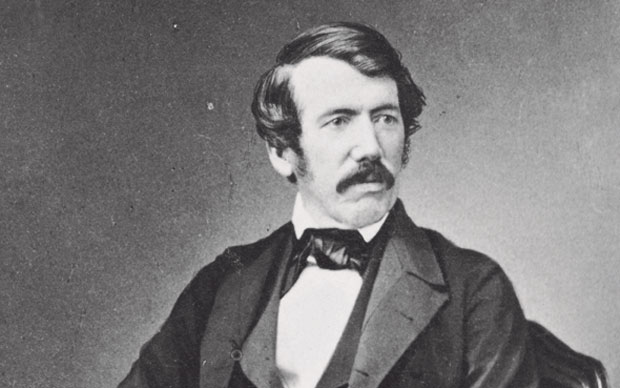
It was in 1866 when the explorer David Livingstone wanted to know from where the Nile River comes. He was extremely curious and even packed his bags and headed toward the jungle with the group of local natives. But the native group was not so interested and left him one by one. When the natives returned to their camp, people asked about Livingstone. In return, they said he had died.
Meanwhile, he was exploring the jungle alone and also fighting with the diseases that the jungle and animals could throw over him. He was alone in the jungle, therefore, he trusted other people to escort him to the nearby village, Bambara. Unfortunately, the villagers were not happy to see white people and on his arrival, they had put Livingstone into the zoo.
He was forced to entertain the villagers in exchange for food. While other explorers believed that he was dead, he was really entertaining the villagers. ‘He is alive’ rumor surfaced around the country and another explorer Henry Stanley started looking for him. After much hustle, he found Livingstone and even greeted him while saying “Dr. Livingstone, I Presume?”
Well, this is not the end, he didn’t reach his destination. So he denied the rescue and went back into the jungle. Later, he died of malaria.
5. Ernest Shackleton’s South Pole Expedition
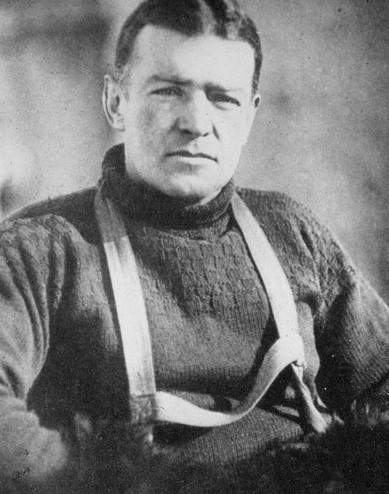
In 1994, Ernest Shackleton decided to explore the continent of Antarctica. It is the last unexplored continent that exists on Earth. He planned to take the ship to Antarctica and explore the northern side of the continent. Unfortunately, as they came close to Antarctica, the crew got stuck in the ocean and realized they won’t be able to free it until the ice gets melted down. And they actually waited for 10 MONTHS!
So don’t you think this was one of the most cursed expeditions ever experienced? After 10 months, they were forced to take care of themselves on top of the frozen ocean. The cracks started to begin and the explorers dragged themselves to the closest landmass. The only option they had was to make it back to the nearest civilization to get help. On the way, they were traveling to Antarctica, WWI started. Through luck and determination, the crew made it to South Georgia Island. The members even fought with Cyclops to reach the other side. After so much fight and bitter consequences, almost everyone in the crew survived. Out of 28 who left for Antarctica, 25 men returned.
6. Burke and Wills Expedition
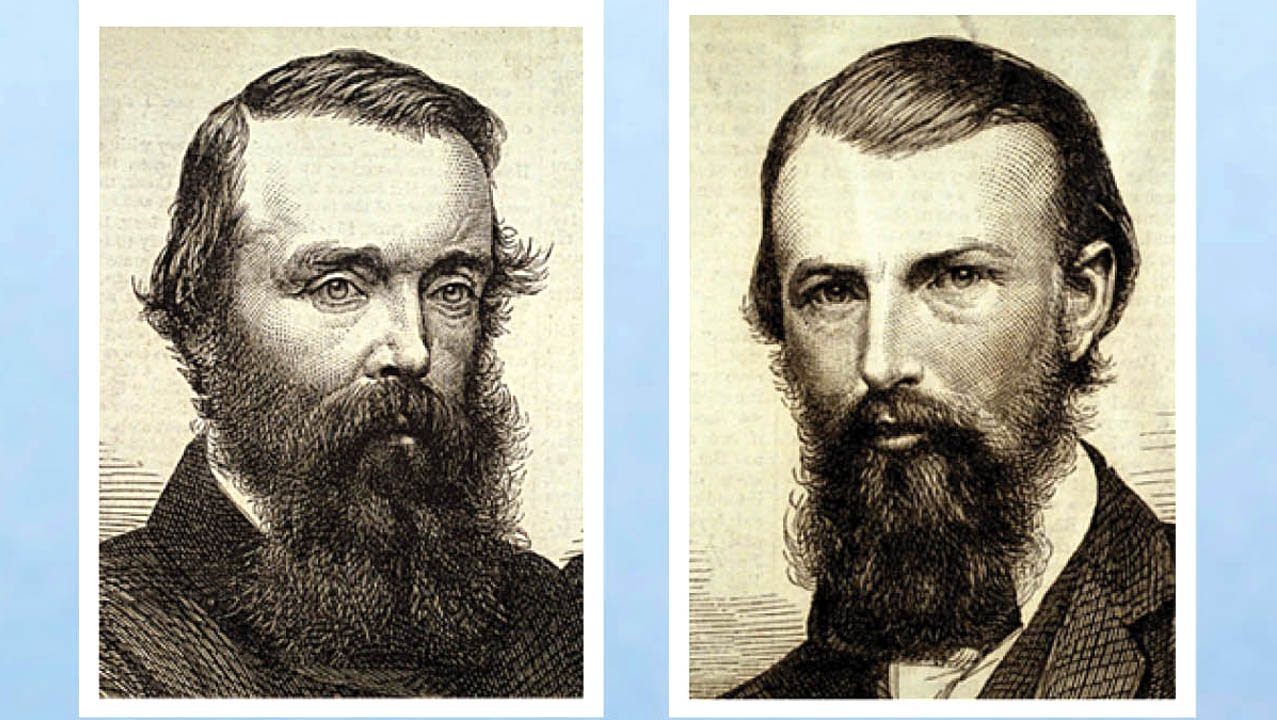
It was in 1860 when 19 men led by William John Wills and Robert O’Hara Burke aimed to cross Australia from Melbourne (South) to the Gulf of Carpentaria (North) a distance of 2000 miles. The expedition left the place in winter and met with bad weather, broken-down wagons at first. After diving the team on the Darling River, Burke progressed and reached Cooper Creek at the beginning of summer.
The team established a camp at the Cooper and both Wills and Burke pushed on to the north coast. The return journey was tortured by monsoon rains and when they reached the depot at Cooper Creek, they noticed that the place has been abandoned just hours earlier. Both of them died on 30th June 1861. 7 men lost their lives. While the expedition contributed towards new geographical findings, only one 1 Irish soldier crossed the continent and returned alive to Melbourne. (1.1)
7. The Percy Fawcett Expedition
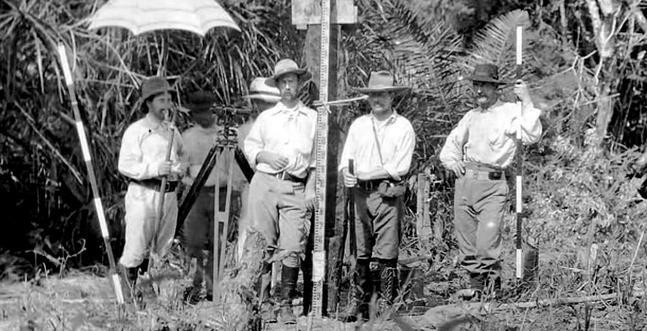
Lieutenant Colonel Percy Harrison Fawcett DSO was a British geographer, cartographer, explorer of South America, and an artillery officer. He disappeared in 1925 along with his friend and the eldest son Jack during an expedition to find ‘Z’, a name of the lost ancient city which others believed to exist in the jungles of Brazil.
He was a man with experience in traveling and had brought equipment such as powdered milk, a sextant, a chronometer, and flares and ordered that if the expedition didn’t return, no rescue expedition should be sent and the rescuer will suffer his fate. Along with the son and friend, he was accompanied by two Brazilian laborers, eight mules, pair of dogs, and two horses. He sent the letter informing his wife that he is ready to explore the territory but only with his son and friend.
Many people assumed that the local Indians had killed them as tribes Kapalos was the last tribe to see them. The tribe has an oral story of three explorers. After five days, the Kalapalo noticed that the group no longer made campfires. However, there was no proof that they were murdered. It is possible that they died of natural causes in the jungle. In 1927, a nameplate of Fawcett was found with an Indian tribe. However, the nameplate was from Fawcett’s expedition and most likely been a gift to the chief of the Indian tribe. The compass proved that he has been left behind before he entered the jungle on his journey. (1.2)
8. The Franklin Expedition
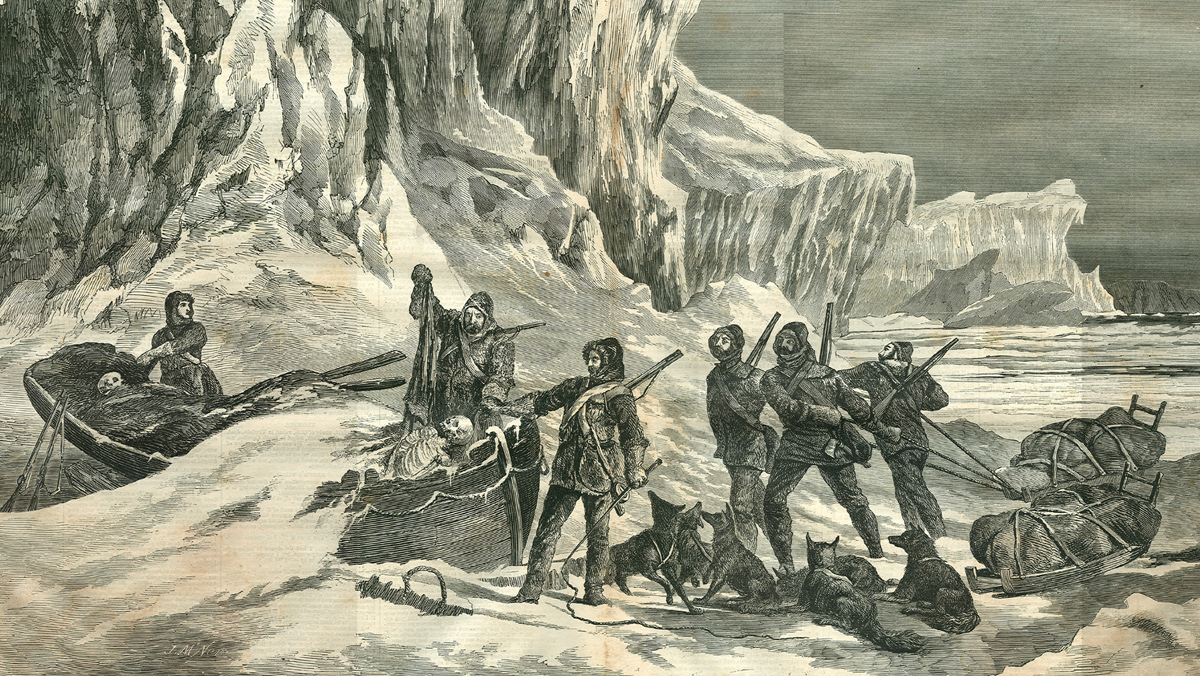
Franklin’s lost expedition was a British voyage of Arctic exploration, headed by Captain Sir John Franklin that departed England in 1845 aboard two ships. A Royal Navy officer, experienced explorer and Franklin had already served three previous Arctic expeditions. After a few casualties, the ships became icebound in Victoria Strait near King William Island in the Canadian Arctic. 129 men were lost including Franklin.
The Admiralty along with Franklin’s wife launched a search operation for the missing expedition in 1848. Many expeditions joined the hunt which involved 11 British and 2 American ships. In 1854, the explorer John Rae while surveying near the Canadian Arctic coast southeast of King William Island heard stories about the Franklin party from the locals. A search by Francis Leopold McClintock in 1859 discovered a note left on Island with details about the expedition’s fate. In 2014, a Canadian search team located the wreck of Erebus west of O’Reilly Island in the waters of the Arctic Archipelago.
In 1981, a professor of anthropology at the University of Alberta (Owen Beattie), began a series of scientific studies of the bodies and other evidence left by Franklin’s men on King William Island and Beechey Island. He concluded that men who were buried on Beechey island most likely died of pneumonia and poisoning may have worsened their health. They combined evidence of all the studies stated that they did not die quickly. Lead poisoning, scurvy along exposure to adequate clothing and nutrition killed everyone on the expedition. (1.3)
9. The Donner Party
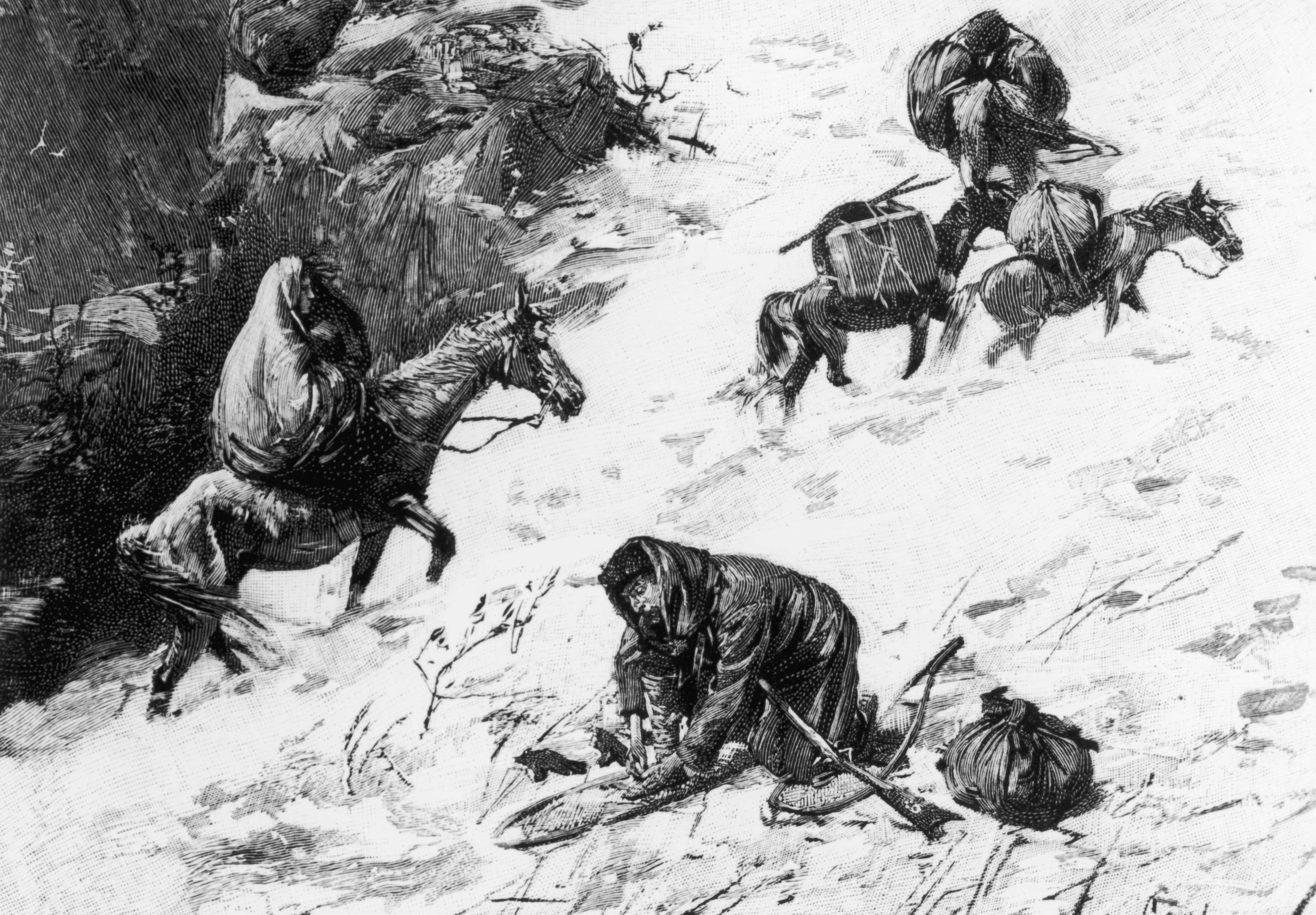
The Donner party or popularly known as the Donner reed party was a group of American pioneers who set out for California on a train in May 1846. They were delayed by circumstances and spent the winter of 1846-1847 in the Sierra Nevada. The trip went for 6 months long but the Donner party was slowed down when it was directed by the new route called Hastings Cutoff which crossed Utah’s Wasatch Mountains and the Great Salt Lake Desert. The difficulties encountered while traveling along the Humboldt River resulted in the loss of many wagons and caused splits in the group.
By November 1846, the settlers reached the Sierra Nevada where they got trapped by heavy snowfall near Truckee Lake high in the mountains. Their food supplies went extremely low. And in December, some of the groups set out on foot to obtain help. Rescuers from California reached the settlers but the first party didn’t arrive until February 1847. Out of 87, only 48 survived to reach California and many of them died during the journey. Historians have described this expedition as the most bizarre tragedy ever happened in Californian history.
10. The Narváez Expedition
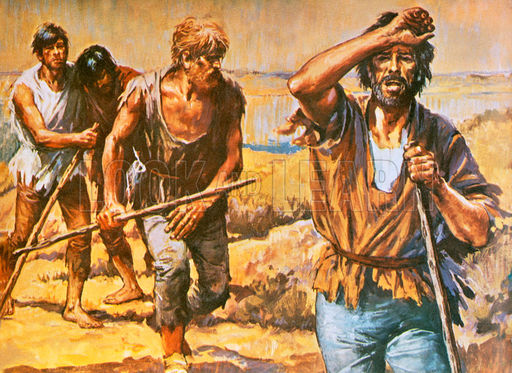
The Narváez Expedition was the Spanish journey of explorers that started in 1527 and aimed to establish colonial settlements and garrisons in Florida. The expedition was led by Panfilo de Narvaez who died in 1528. A number of men died as they traveled west along the unexplored Gulf coast of the present-day United States into the American Southwest. Only 4 members survived and reached Mexico City in 1536.
The expedition met with the disaster, making stops at Cuba on their way. The fleet was devastated by a hurricane and two ships were lost. After reaching Sarasota Bay, the expedition was split. They encountered attacks by indigenous people and suffered from starvation.
Only 80 men survived after being swept onto Galveston Island off the coast of Texas. The survivors were enslaved by Native Americans and more men continued to die of harsh weather conditions. Upon returning to Spain, Cabeza de Vaca wrote about the journey in his “The Relation” (La Relacion) which was published in 1542 as the first written account of North America.
Popular Posts
Top 10 Sharpest & Deadliest Swords In History
In classic mythological movies, books and television, we’ve seen those audacious sword-wielding heroes smiting the enemi...
Augustus Perez
List of Water Deities from Different Mythologies
Water deities are the gods and goddesses who had the powers to control the elements of water and ruled over all the fresh and saltwater of the earth. Here’s a list of water deities from different mythologies.
Rishika Gupta
Winged Lion: The Terrifying Mythical Creature In Different Mythologies
A mythological creature, a winged lion dates back to ancient times. This flying lion-like creature has origins in Heraldry, Christianity, Mesopotamian, and Greek mythologies.
Ethan Stephans








